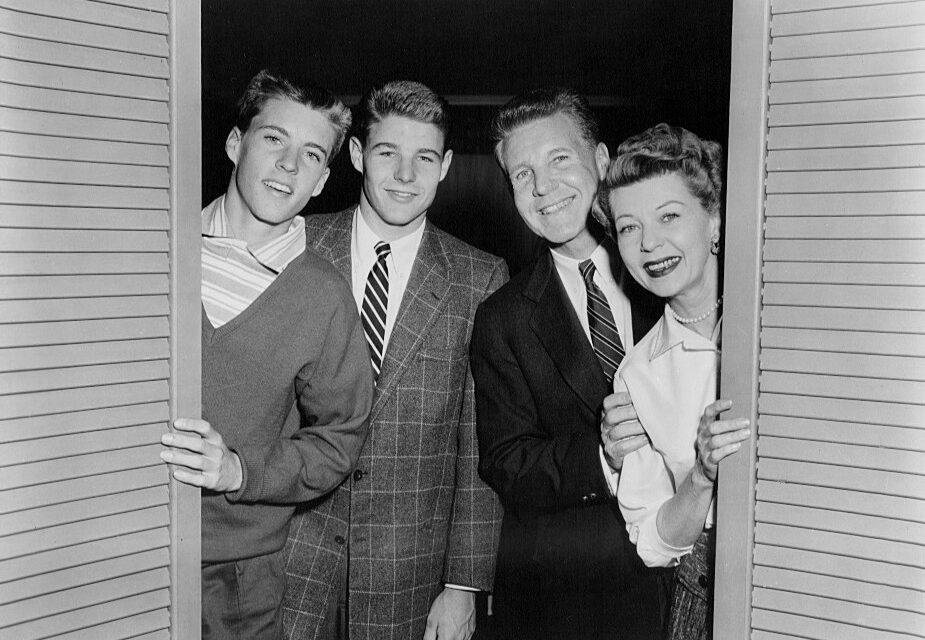Not too long ago, I believed that men had to wear white shirts and ties to church — suits or dress slacks too. Even in my high school, in the 60s, long hair was prohibited. Some guys wore wigs to hide their long hair. BYU did not (and still does not) allow beards — men had to have clean-shaven faces and short hair. Even today, this old 1950’s culture lives on in the church. But how and why did the church adopt such a policy?
Watching the newly digitized versions of The Adventures of Ozzie and Harriet, I realize that “America’s favorite family” — the Nelson family had the same rules that defined if you were an upright respectable member of society. The Nelson boys — David and Ricky — had to wear white shirts and ties if they were going out on a date with a girl. In one episode, one of the boys had a beard and longer hair, Harriet explains, “Oh, by the way, David has not joined the Beatniks…”
Thank goodness we are finally coloring outside the lines. Do you even recall Beatniks? I seem to remember something about Dobie Gillis — was his friend a Beatnik?
My mom is stuck in that world of Harriet. It’s all about the tablecloth on the dinner table. Everyone must sit together. The table is set with a knife, a fork, a spoon, a napkin, glass of water — whether you need any of those items or not. I began to realize that this tradition makes me anxious and uncomfortable. I am being watched to see if I eat, and how much I eat; we must pray for the food to nourish and strengthen our bodies and do us the good we need, and conversation can become controversial. The lamp hangs over the table just about at eye level, so you feel like you may be at the interrogation table.
I think I developed some anxieties. I do not like to prepare meals, sit at the table, or be concerned if anyone likes my meal. As a mom, with little kids, I was lucky to stir up some Kraft macaroni and cheese. I didn’t care if my kids “cleaned their plates.”
Ozzie and Harriet have very defined roles that were typical of the 1950s. The boys thank Harriet for dinner, complimenting her on the meal. Harriet derives pleasure in feeding, grocery shopping, making the beds, and doing the laundry.
I was a 1960s teenager. I rebelled. But after I married and had kids I began to adhere to the strange belief that white shirts and ties were a sign of priesthood authority. Unfortunately, I raised my kids with that dogma. Now, my mind is open and I see the policies were shaped by a 1950s culture.

